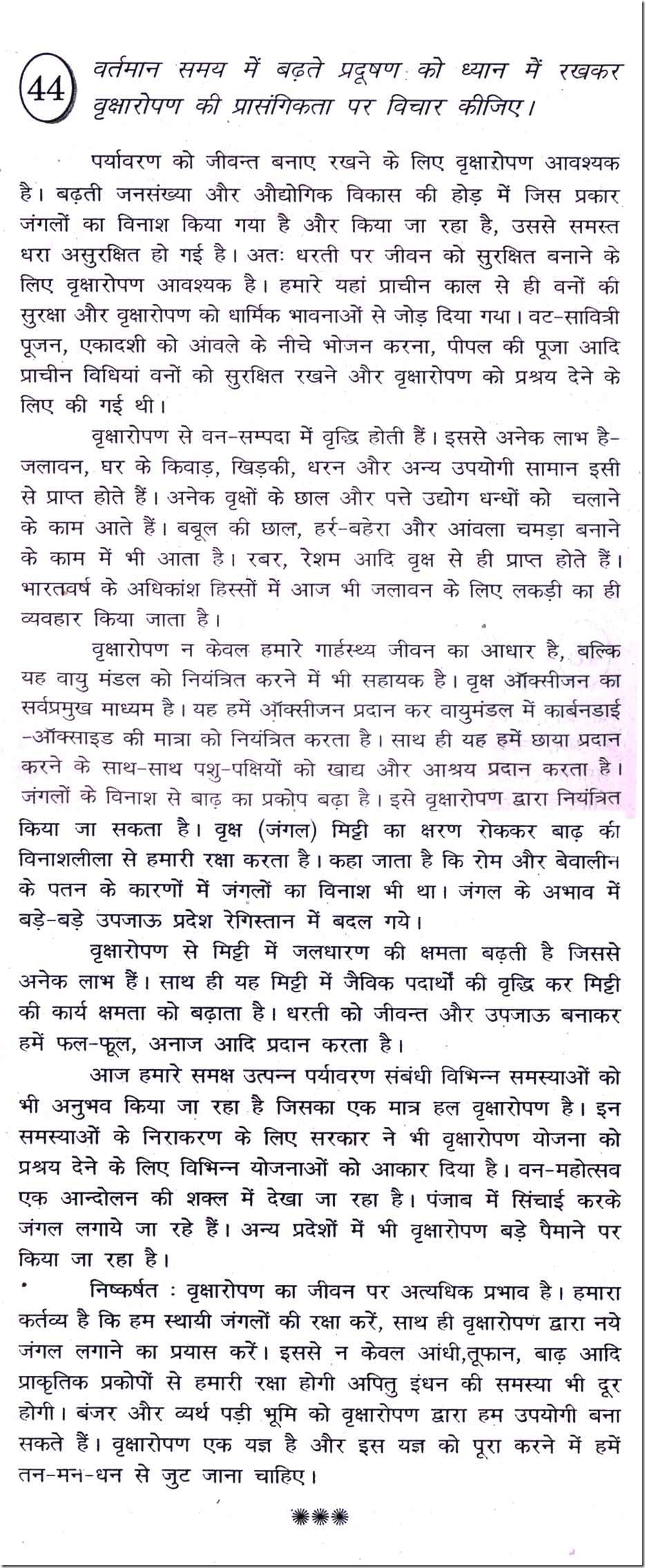Adjustment Disorder: Types, Causes, and Symptoms.
Adjustment disorder often brings on depressed mood,. taking into account the external context and cultural factors that might influence symptom severity and presentation. Significant impairment.
Adjustment disorder unspecified. A child has reactions to stressful events that don’t fit in one of the above subtypes. These may include behaviors such as withdrawing from friends and school. Symptoms of an adjustment disorder can look like other health problems or mental illnesses. Have your child see his or her healthcare provider for a diagnosis. How is an adjustment disorder diagnosed.

An adjustment disorder will begin within three months of experiencing a stressful situation and will usually disappear after six months. However, if the stressful situation is ongoing, such as a chronic illness, a difficult divorce, or continuing financial problems, the disorder might last for as long as the situation remains unchanged. There is no concise psychological definition of what an.

Adjustment disorder is a group of symptoms, such as stress, feeling sad or hopeless, and physical symptoms that can occur after you go through a stressful life event. The symptoms occur because you are having a hard time coping. Your reaction is stronger than expected for the type of event that occurred. Causes. Many different events may trigger symptoms of an adjustment disorder. Whatever the.

Clinical Presentation. Adjustment disorder, a condition that describes changes in behavior, mood or academic performance for the first 6 months after a stressful life event, are common in school-age children. Divorce, domestic violence, child abuse, natural disasters or a serious accident or illness of a family member can all have significant emotional effects on the developmental work of.

With regard to symptoms profiles, an adjustment disorder may be diagnosed following a traumatic event when an individual exhibits symptoms of either acute stress disorder or PTSD that do not meet or exceed the diagnostic threshold for either disorder. An adjustment disorder should also be diagnosed for individuals who have not been exposed to a traumatic event but who otherwise exhibit the.

Adjustment disorder is an unusually strong or long-lasting reaction to a stressful event such as divorce, a death in the family or moving to a new house or school, causing a child to become depressed or anxious, pick fights or refuse to go to school. This guide explains how to recognize the symptoms of adjustment disorder, as well as how it's.

Adjustment disorder with depressed mood: A child may exhibit crying spells, loss of interest in usual activities, feelings of hopelessness, and increased sadness. Adjustment disorder with anxiety: A child may appear more anxious and worried than usual.The anxiety may manifest itself as separation anxiety—when a child becomes upset about being separated from a caregiver.

C. The stress-related disturbance does not meet the criteria for another specific Axis I disorder and is not merely an exacerbation of a preexisting Axis I or Axis II disorder. C. The stress-related disturbance does not meet the criteria for another mental disorder and is not merely an exacerbation of a preexisting mental disorder. D. The.

Treatment guidance for common mental health disorders: Adjustment disorder Professor Justin Kenardy FAPS, Director of the Centre for National Research on Disability and Rehabilitation Medicine, University of Queensland. Adjustment disorder is a psychological response to stress involving marked distress and significant impairment in functioning, where the onset is linked to an identifiable.

Adjustment Disorder is a condition strongly tied to acute and chronic stress. Despite clinical suggestion of a large prevalence in the general population and the high frequency of its diagnosis in.
Adjustment disorder with mixed presentation (significant displays of anxiety and depression) Adjustment disorder with disturbance of conduct (primarily behavioral symptoms, such as becoming angry or aggressive) Adjustment disorder with a mixed disturbance of emotions and conduct (displays both emotional and conduct problems) Unspecified.

An adjustment disorder is a type of mental disorder resulting from maladaptive, or unhealthy, responses to stressful or psychologically distressing life events. This low level of adaptation then leads to the development of emotional or behavioral symptoms. Description Often, a person experiences a stressful event as one that changes his or her world in some fundamental way. An adjustment.



